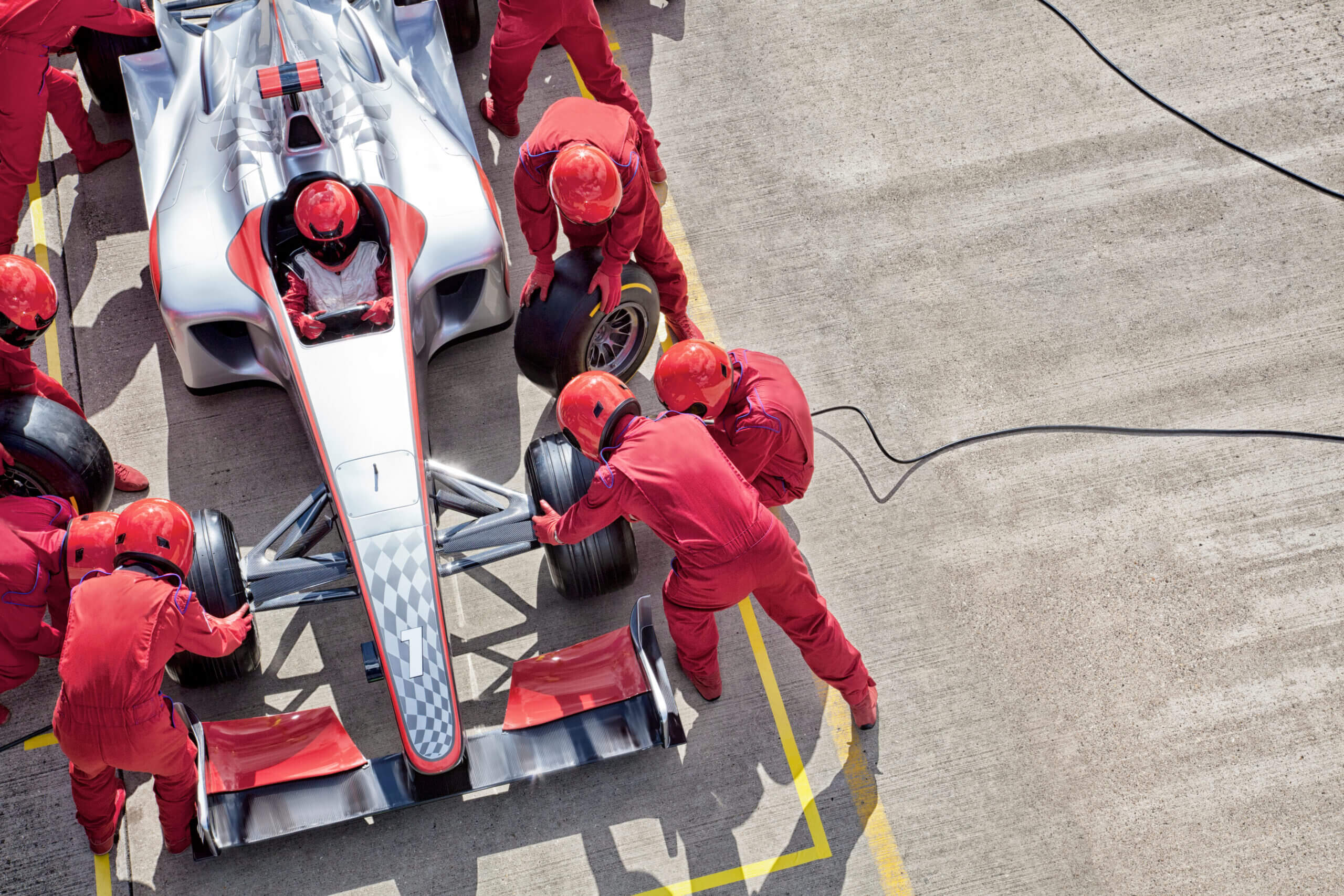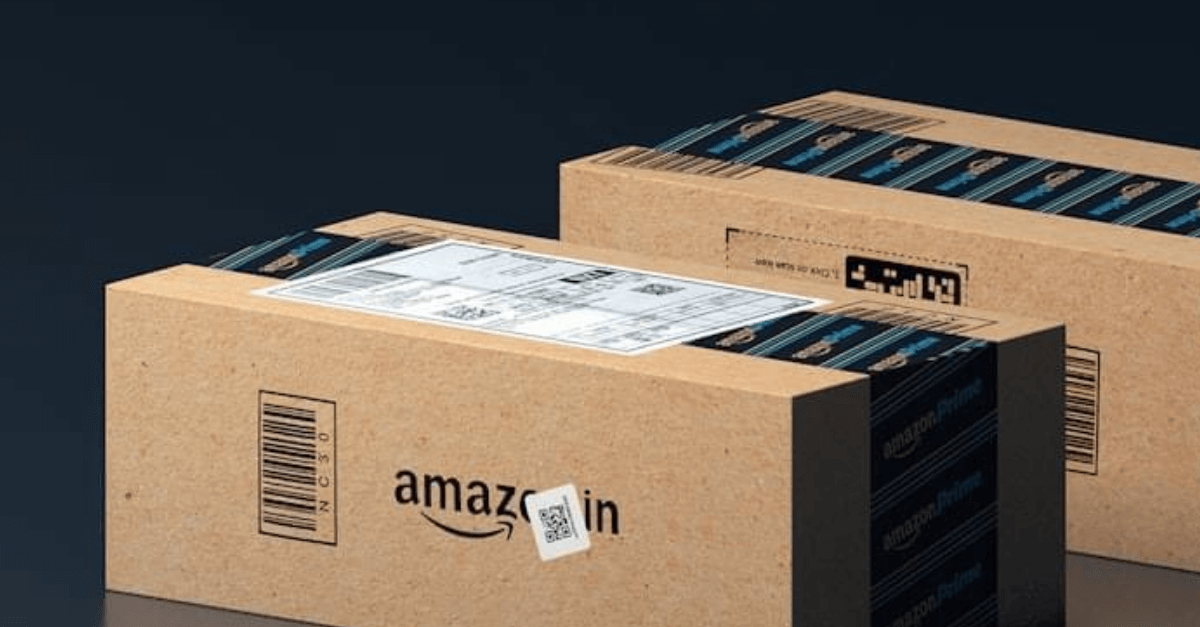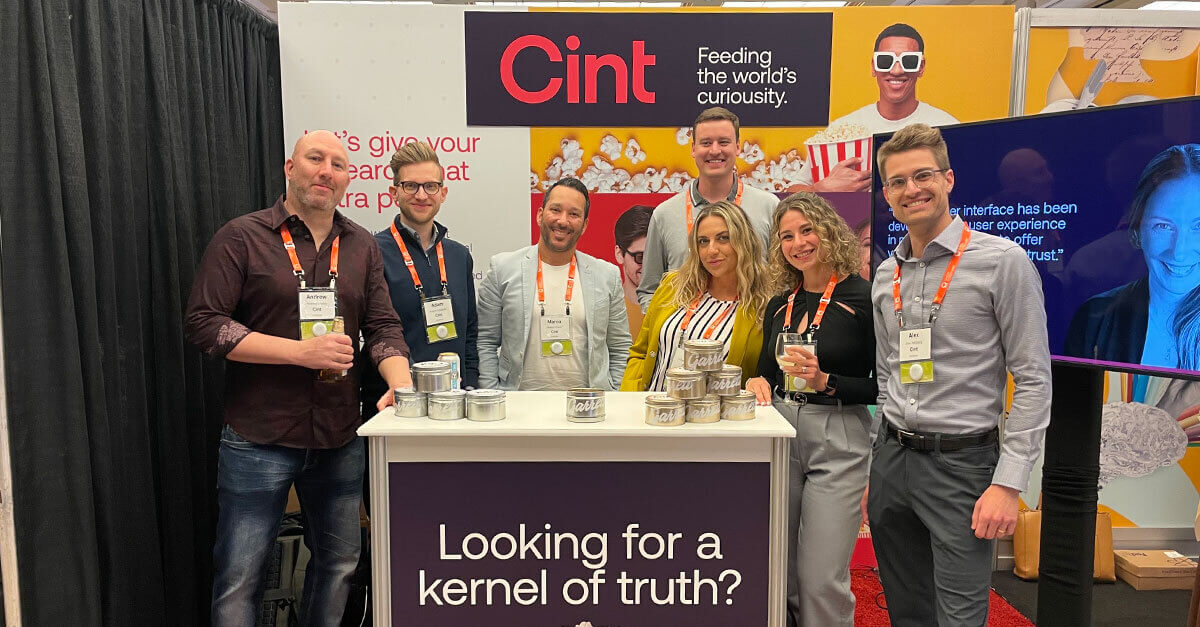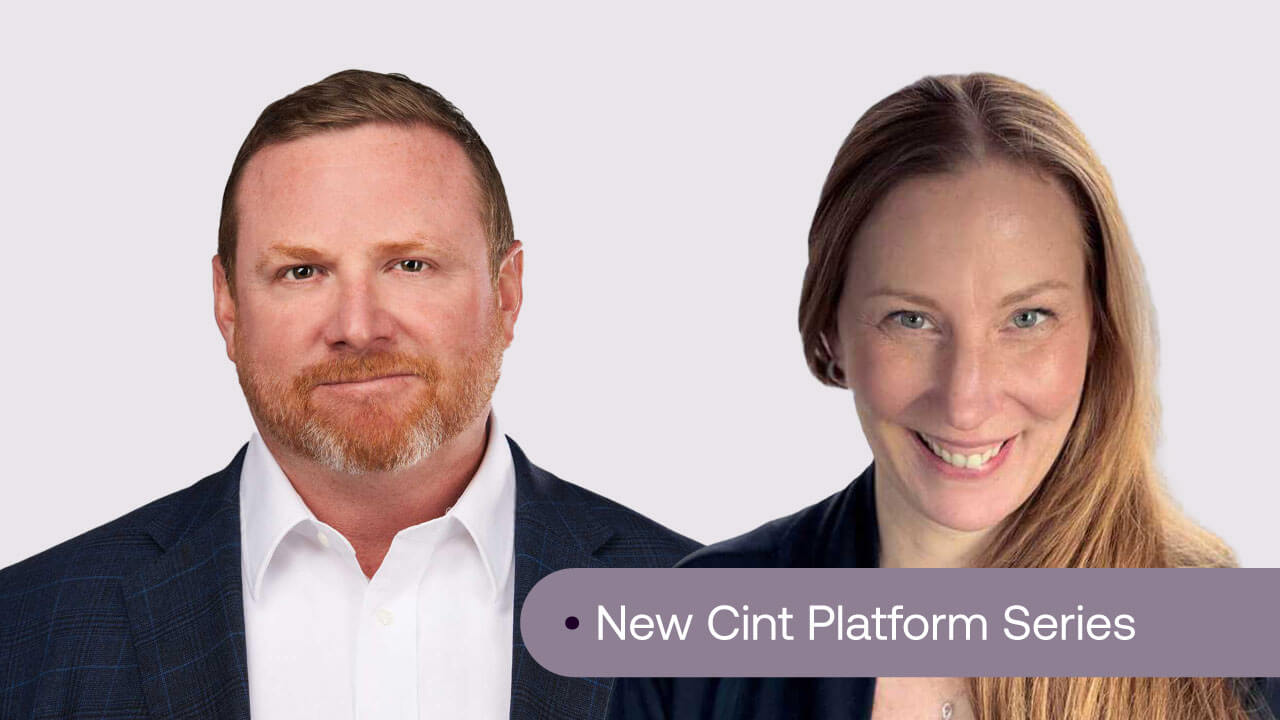Introduction
As marketing budgets shrink, you’re expected to achieve more with less. That means being strategic about where and how you spend—and getting the most out of every campaign.
Faster feedback on performance gives you a competitive advantage. With AI-powered and automated brand lift tools in play in the measurement space, real-time optimization can play a powerful role in building stronger long-term strategies for campaign success.
Ed Stone — Cint’s Director of Data Solutions & Measurement — is a firm believer in getting faster insights now for better outcomes later. As the global economy continues to react to the recent tariff and trade policy announcements, doing more with less has become a necessity.
In early April 2025, Ed joined Advertising Week founder Matt Scheckner on stage in London at Advertising Week Europe to discuss just that.
Read on to learn more about how in today’s ever-changing measurement landscape,
solid brand-lift data is no longer a nice-to-have—it’s essential for driving smarter, faster decisions.
Insights at the speed of programmatic
When a campaign is in-flight, being able to assess the data and optimize aspects of said campaign in real-time can be crucial for ensuring success.
What you want, to use Stone’s phrase, is, ‘insights at the speed of programmatic’. Thinking about insights in this manner could be seen as a change in attitude, or maybe collectively raised expectations that brand lift data can be treated like a performance metric, and thus can be used to make optimization decisions.

When a campaign is in-flight, being able to assess the data and optimize aspects of said campaign in real-time can be crucial for ensuring success.
It’s all about giving life to brand lift data — such as a trackable lift in message association or consideration — before the post-campaign analysis.
“We’re able to use methodology and technology to isolate the impact of our campaigns,” continues Stone. “We’ve got these control populations and we have a really deep understanding of exposure, this is what we can attribute, this is the lift, and having that data available in real-time means that’s something we can optimize for.”
While insights at the speed of programmatic is primarily concerned with immediacy of data for decision making, that perspective shift can also help extend the shelf-life of insights. Connecting point-in-time brand lift data to your measurement of campaign outcomes can deepen that analysis as well as inform the experimental design for the next campaign.
Stay agile, be adaptive, prioritize quality
During the discussion, the pair reflected on the importance of remaining agile in a world that’s constantly changing. When situations — be they, social, political, economic — shift, marketers need to be ready to adapt accordingly to ensure that they’re correctly set up to weather the storm and provide what’s best for their clients and customers.
“When I think about some of the client challenges we’ve faced and how some of them have faded from view, it has been really valuable to reflect on that,” Stone, who has been with Cint for the best part of a decade, says. “When I first started, it was all about reach, clients would say, ‘I need more people, I don’t have enough sample population for this to be a useful piece of insight,’ and technological advancements mean that’s sort of gone away. The question of speed, I needed it yesterday, can we run this faster, that’s sort of gone away as well.”
What matters now, in Stone’s opinion, is quality. In a data and insights ecosystem that can fall foul to increasingly sophisticated forms of fraud, customers need to know that they’re in safe hands when it comes to commissioning measurement research.
When budgets are under close scrutiny and every survey response matters, quality is crucial.
“The focus is on the quality of the output as opposed to the constraints of speed or reach, and that’s been fantastic. I think that’s made the insights that we produce much more accessible to companies who previously thought that wasn’t relevant to them.”

Ed Stone
Director of Data Solutions & Measurement, Cint
“The focus is on the quality of the output as opposed to the constraints of speed or reach, and that’s been fantastic. I think that’s made the insights that we produce much more accessible to companies who previously thought that wasn’t relevant to them,” says Stone.
Leveraging AI without alienating humans
AI plays an ever-larger role in most of our working lives. Products and services like ChatGPT and Google Gemini have, for many people, become widely-used tools in our 9-5.
In a survey of market researchers and insights professionals, commissioned by Cint toward the end of 2024, nearly three quarters (74%) of respondents reported using AI-powered software in their current job roles.
One area where AI could potentially help in the near-future is survey design.
When it comes to research and measurement, survey design is of the utmost importance: you want to get the right questions to the right people in order to optimize in-flight and future campaigns.
When it comes to research and measurement, survey design is of the utmost importance: you want to get the right questions to the right people in order to optimize in-flight and future campaigns.

“A survey is a static thing,” says Stone. “Everyone gets asked the same questions and we have our expectations, what those answers will give us, but there’s potential with AI to have a survey that can adapt itself, that can learn on the fly how to keep people engaged, and when you have someone engaged with what they’re telling you it’s going to be more authentic, it might be more in depth, and the quality could skyrocket.”
Automation might have become a necessity in the contemporary world but marketers should still proceed with caution when it comes to relying too much on assistance from AI.
“Let’s not fully trust the AIs to decide what happens for us yet, particularly when there are concerns around accountability,” says Stone. “Eventually, someone’s got to say, that was my responsibility, and I decided to give it away.”
Conclusion
As research and insights professionals continue to adapt to a perpetually changing media landscape, one thing is clear: the pressure to do more with less is here to stay.
At its best, measurement does more than validate outcomes—it drives opportunity. With the right tech and a willingness to challenge the status quo, marketers can navigate constraints and come out ahead, doing more with less and doing it better.
Head here to find out more about Lucid Measurement and how you can start maximizing ad campaign impact with real-time measurement today.

































































































